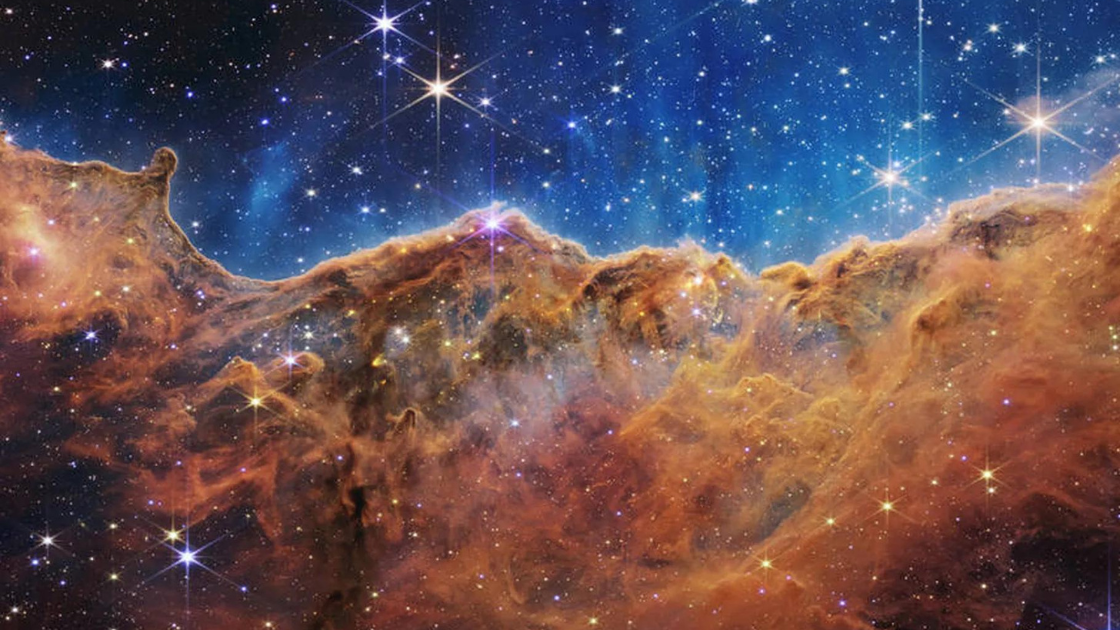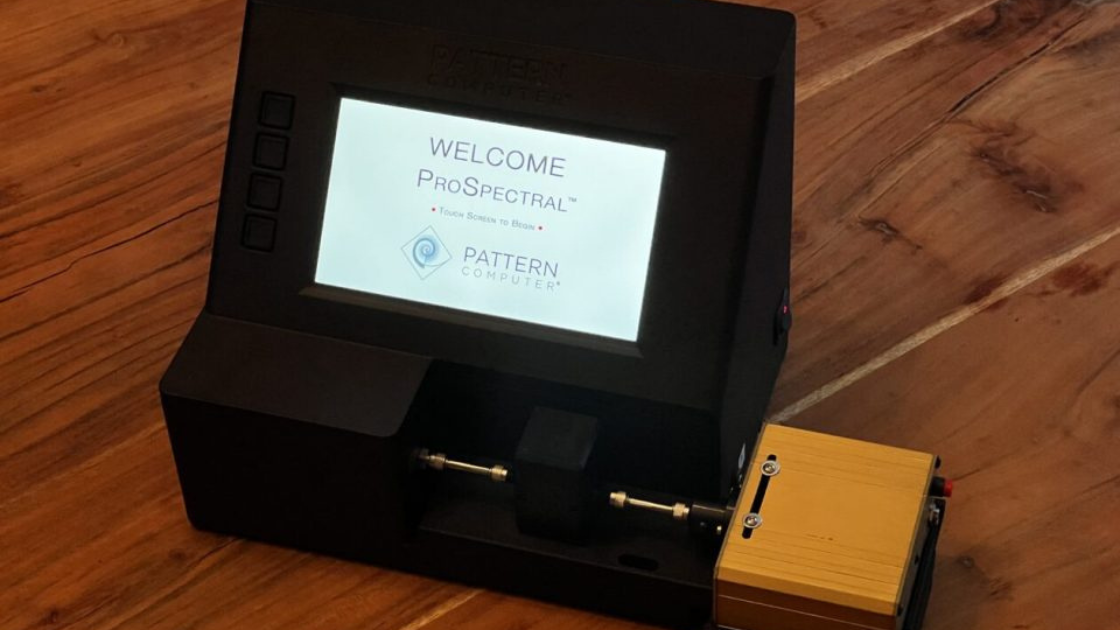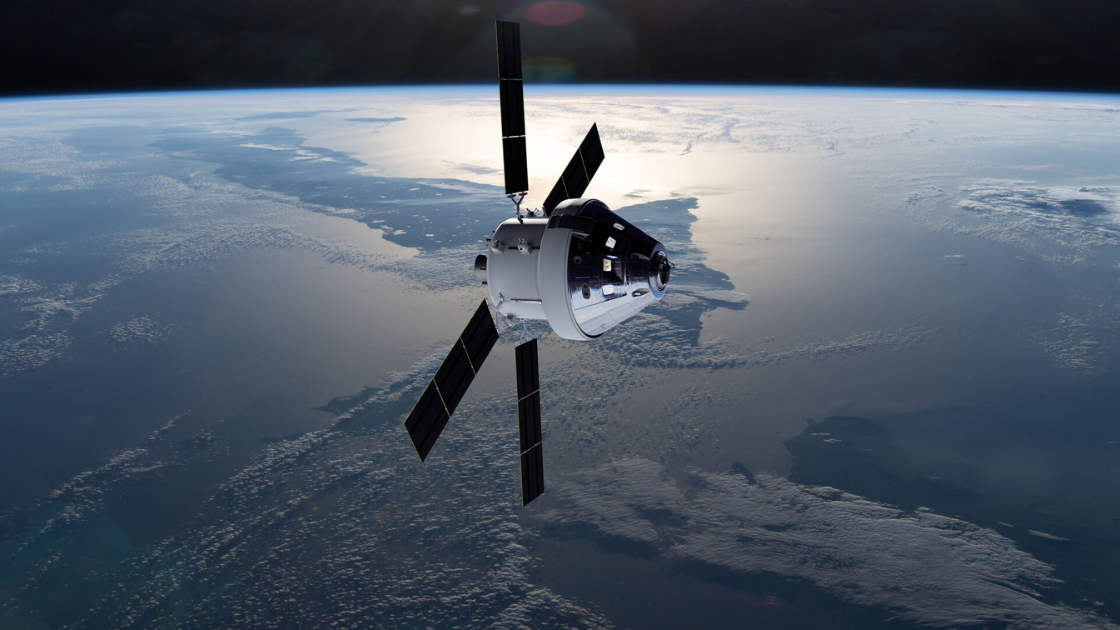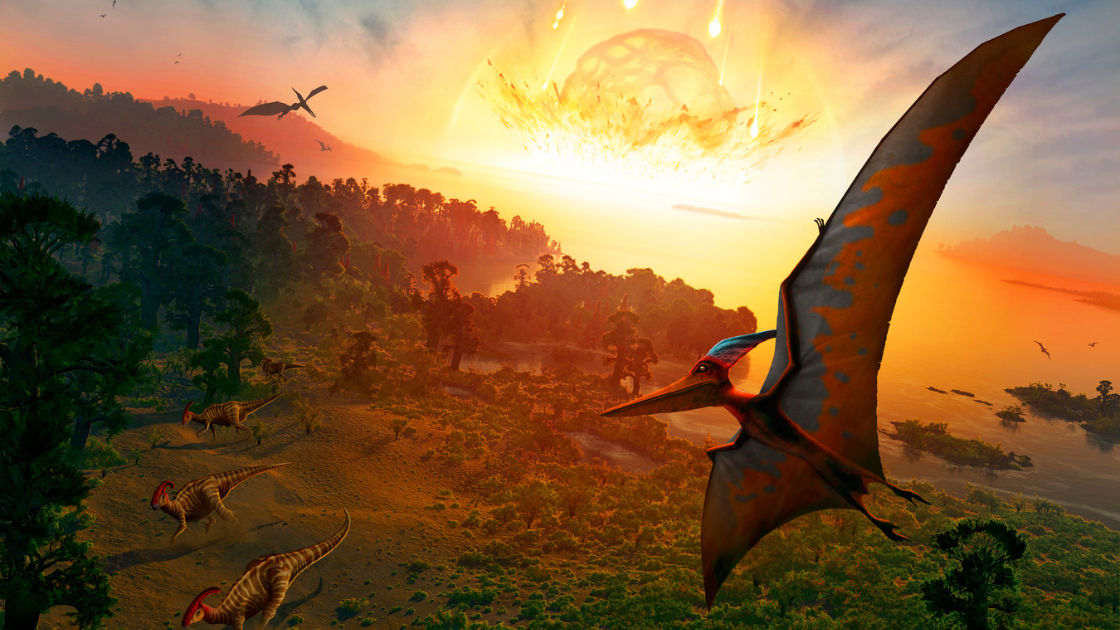Another week has gone by, and so arrives a new round-up of tech news! From Adidas Solar-Powered Headphones to Google Robots and more, we have you covered. Read on for the latest headlines from around the world of technology and science.
Adidas Rolls Out Solar Powered Headphones

While solar-powered gadgets are not new to the industry, seamless wearable tech has been slow to roll out. Adidas has changed that with its latest audio headsets. The RPT-02 SOL, is a $230 pair of self-charging Bluetooth cans with Exeger’s Powerfoyle solar cells built right into the recycled plastic headband. Adidas joins only three other companies that have unveiled solar-powered wearables. The Adidas headphones can provide 80 hours of “reserve” battery life, even in a pitch-black room. Likewise, the hype for the Adidas product comes from the fact that it takes the hassle out of keeping the device charged.
Airbnb Launches New ‘anti-party technology’

Good news for homeowners and bad news for revelers. Airbnb is working on new ‘anti-party technology’ in the US and Canada. The new feature would attempt to enforce a global ban on house parties. The rule was already implemented earlier this year but had not gone into effect internationally. The technology is designed to automatically catch the kinds of bookings that are likely to result in unauthorized parties. Airbnb checks this by looking at factors like a guest’s review history, the age of their account, the length of the stay they’re requesting, and whether they’re looking for a weekday or weekend. This new rollout has a much broader focus on catching instances where a party could occur.
Google Adds AI-Language Skills to Helper Robots so it Can better Understand Humans

Robotics and AI — two of Alphabets (Google’s parent company) most ambitious projects are coming together. The company hopes to bring AI language skills to its helper robots so it can create a more advanced robot. Those familiar with Alphabet’s progress in robotics would recall that the company has been working on advancing its technology since 2019. Likewise, the Everyday Robots project is still in its infancy as the machine is learning to complete everyday tasks. The current bots have been given the upgrade of improved language through Google’s large language model (LLM) PaLM.
James Webb Telescope Runs with Javascript

Everyone’s favorite (and sometimes not so favorite) programming language apparently plays a big part in how the James Webb Telescope operates. Javascript has helped the telescope deliver stunning images that the James Webb Space Telescope has been beaming back to Earth. Of course, what is most astonishing is that one of mankind’s greatest achievements in science thus far is largely controlled by Javascript files. In addition, it is based on a software development kit from 2002 called “the Script Processor Task”. As to why NASA chose Javascript? They feel it gives “operations personnel greater visibility, control, and flexibility over the telescope operations.”
Startup Detects COVID-19 by Analyzing Patterns

Pattern Computer, a Seattle-area startup, is developing a rapid COVID-19 test based on patterns in light from spit. CEO and co-founder Mark Anderson said the company’s “Pattern Discovery Engine” was created specifically to discover and analyze patterns. Though the Pattern Computer focuses on biomedicine, it also addresses problems in materials design, veterinary medicine, finance, mathematics, and aerospace. According to the company, Pattern Computer has an “explainable AI” system that can counteract bias and be part of more conventional machine learning models by skewed training datasets. The company is looking to secure regulatory approval for its COVID-19 test and planning for scale-up.
NASA’s Artemis 2 mission: Taking humans to the moon’s orbit

The United States is going back to the moon. NASA’s Artemis 2 will be the first mission to carry humans to the moon’s vicinity since 1972. Following the launch of the uncrewed Artemis 1, scheduled for 2022, the Artemis 2 aims to bring humans into the moon’s orbit. Artemis 2 is the second scheduled flight of the Artemis program, and it will be the first major test of the Space Launch System (SLS) mega rocket and Orion spacecraft systems with humans on board. The mission is scheduled tentatively set for 2024 and is expected to last between eight and 10 days but may be extended. The crew of four onboard Artemis 2 will be the furthest people to fly from Earth after 1970’s Apollo 13, assuming the new mission reaches its expected maximum altitude of 5,523 miles (8,889 km) above the moon’s surface.
Scientists believe second asteroid may have contributed to dinosaur extinction

According to new research, scientists now believe more than one asteroid impacting the Earth, contributing to the extinction of dinosaurs. Researchers have discovered evidence of an asteroid impact crater on the floor of the North Atlantic Ocean. The area of impact named the Nadi Crater is located around 250 miles off the coast of Guinea in West Africa. Once confirmed, the Nadi Crater would become one of less than 20 positively identified marine impact craters on Earth. It is believed the crater was created around 66 million years ago. This would put it roughly in the same timeframe as the Chicxulub asteroid; the asteroid believed to be what caused the mass extinction of the dinosaurs. The discovery of the Nadir Crater opens the possibility of more than one impact contributing to the end of that era.
